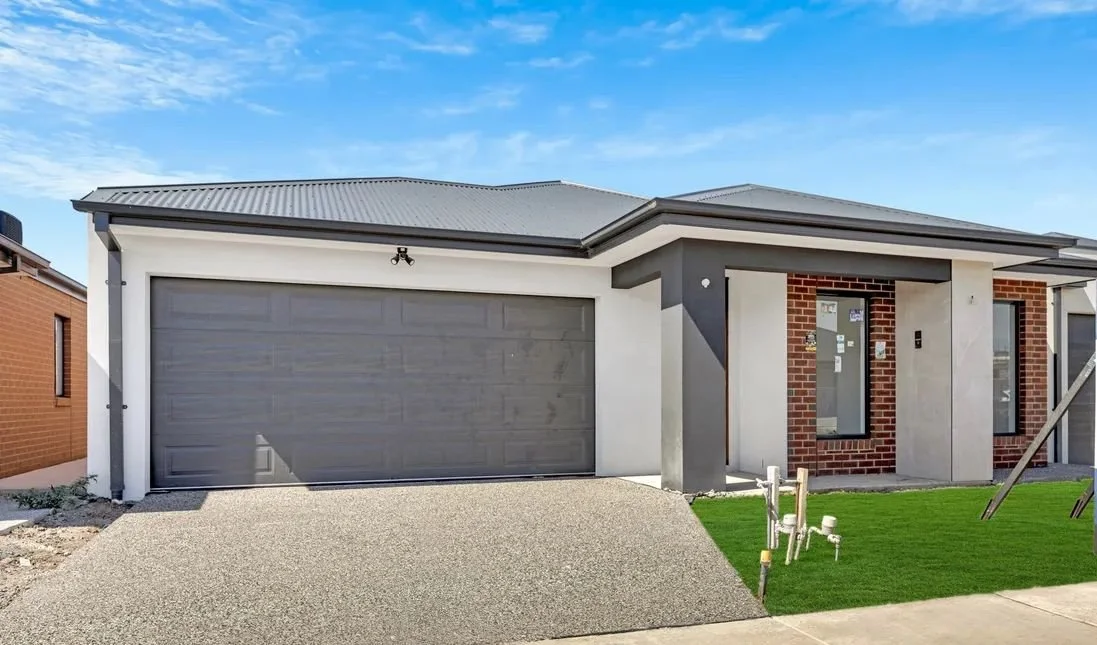House & Land Packages vs Inner-City Apartments — 10-Year Capital Growth Trends
When it comes to investing in Melbourne real estate, the debate between house and land packages in outer suburbs versus inner-city apartments continues to divide investors and homebuyers alike. Both offer distinct advantages, but from a capital growth perspective — especially when measured over the past decade — the performance and potential of these property types diverge in critical ways. Let's unpack the numbers, infrastructure trends, and market sentiment behind each.
Capital Growth Over the Last 10 Years
Inner-City Apartments: Inner-city Melbourne apartments, particularly in suburbs like Southbank, Docklands, and the CBD, have experienced sluggish capital growth over the past decade. Factors contributing to this include:
High supply levels, leading to market saturation.
A significant proportion of investor ownership, particularly from overseas buyers.
Limited land appreciation, as apartments do not benefit from land value growth in the same way detached housing does.
According to CoreLogic data, many inner-city apartments have grown at an annual average of 1–2%, with some developments even seeing negative growth due to oversupply or low rental yields.
House & Land Packages (Outer Suburbs): On the other hand, house and land packages in growth corridors such as Werribee, Tarneit, Clyde North, Craigieburn, and Mickleham have demonstrated stronger capital growth. While early in their lifecycle these estates can take time to mature, many have recorded annual growth rates of 5–7% over the past decade.
This performance is largely driven by:
Land appreciation — the underlying value of the land increases over time.
Demographic demand — families seeking affordability, space, and new infrastructure.
Government incentives — including first-home buyer grants and stamp duty concessions in many of these areas.
Infrastructure Investment in Outer Suburbs
One of the biggest tailwinds for house and land packages has been massive government and private infrastructure investment, including:
Level Crossing Removals and new train stations in suburbs like Wyndham Vale and Mernda.
Major road upgrades (e.g. Western Roads Upgrade Project).
New schools, shopping centres, and hospitals in outer suburbs.
Suburban Rail Loop and North East Link projects, enhancing connectivity.
These investments not only improve livability but also significantly boost land values — a key component of capital growth.
In contrast, inner-city areas already benefit from existing infrastructure, so additional uplift from future infrastructure spending is more limited. While urban renewal projects (e.g. Fishermans Bend) are ongoing, they tend to serve a dense and saturated property market with less potential for dramatic capital uplift.
What Does This Mean for Investors and Buyers?
Criteria Inner-City Apartments House & Land Packages
Capital Growth (10-Year Avg) 1–2% 5–7%
Infrastructure Uplift Potential Low High
Rental Yields Moderate–Low Moderate
Entry Price Lower for 1BR/2BR Higher but includes land
Risk Profile Higher oversupply risk Moderate; location dependent
Conclusion: Where's the Smarter Growth?
While inner-city apartments offer convenience and lifestyle appeal, the capital growth story over the past decade has leaned heavily in favour of house and land packages in Melbourne’s outer suburbs. Supported by sustained infrastructure spending, demographic demand, and land appreciation, these estates have outperformed many inner-city investments on a capital growth basis.
That said, not all outer suburb estates are created equal — savvy investors should look for well-planned estates, proximity to transport and schools, and developer credibility when choosing where to buy.
As Melbourne continues to expand, the outer ring suburbs appear to be where the next wave of property value appreciation will unfold.


